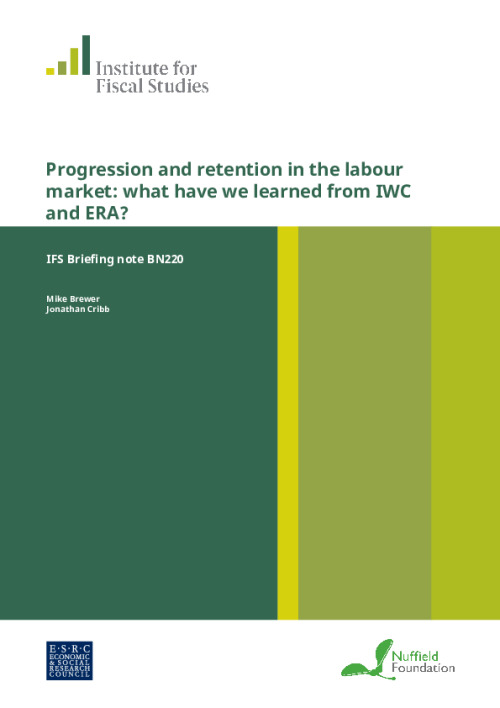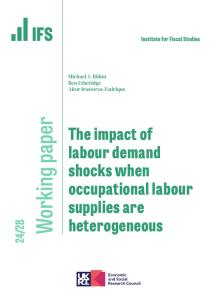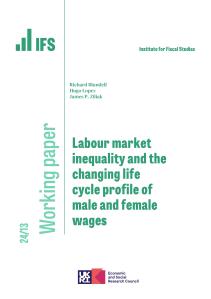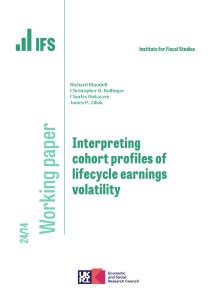Time-limited in-work benefits can help increase the probability of moving into paid work and also improve job retention. We examine the effectiveness of two time-limited in-work benefits. These were introduced in Great Britain in the early to mid 2000s and were known as ‘in work credit’ (IWC) and the ‘Employment Retention and Advancement demonstration’ (ERA).
Key findings
- The positive impacts of these benefits persisted after the benefits stopped being paid. Four years after first being eligible for payments, IWC has led to one additional lone parent being in paid work out of every 100 who could have received it, and ERA has led to four additional lone parents being in paid work out of every 100 who could have received it.
- Encouraging full-time work seemed to be much more effective than encouraging part-time work. Some lone parents offered incentives to work part-time cut their hours in response. Encouraging part-time work had a very small impact on retention. Encouraging full-time work had a much larger impact, although we cannot discount that some of this was due to other aspects of the ERA programme.
- Policymakers wanting to improve job retention and progression, or implement universal credit’s in-work conditionality, should consider the role of financial incentives alongside personal advice. We endorse Matthew Taylor’s recent conclusion: ‘There is currently a lack of understanding about what progression really is, let alone what works best in supporting people to achieve it.… Government should seek to develop a better understanding of what progression at work is and [how] public policy levers influence it. Building on the trials to date, Government should work with external providers to determine what really works in supporting individuals to obtain better quality – and not just more – work.’
- Our research is an excellent demonstration of the power of rich, linked administrative data, and of the DWP’s Work and Pensions Longitudinal Study (WPLS) in particular. It is only with administrative data that we can trace individual lone parents both while they are claiming out-of-work benefits and as they move into paid work. Ours is one of the first projects to use the administrative data in the WPLS on the hours worked per week, which are provided when individuals claim tax credits, as a measure of employment.











